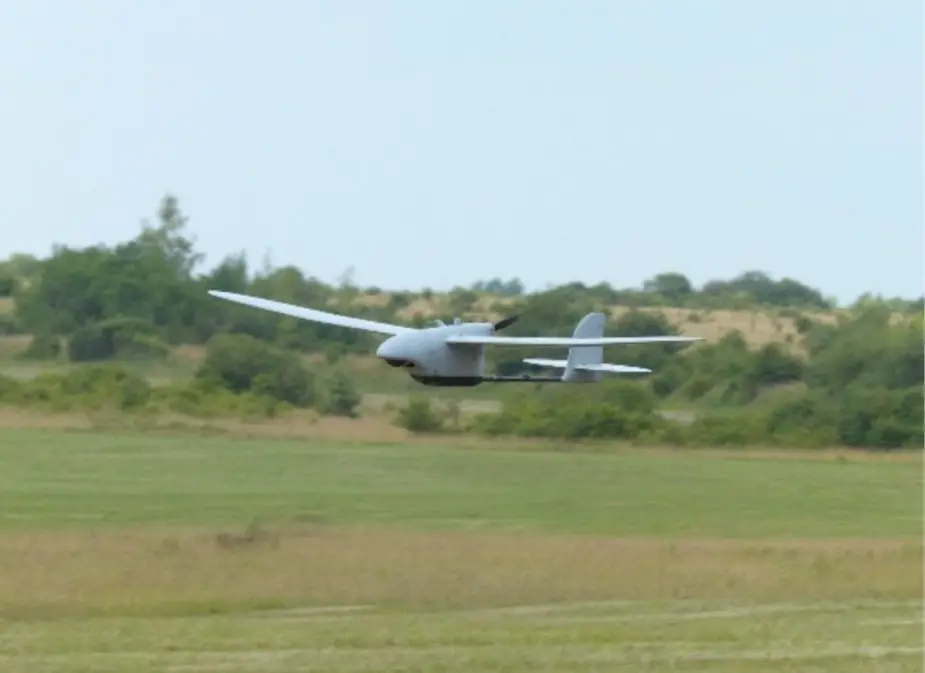Breaking news
French Ground Force receives first three Thales SMDR reconnaissance mini-drones.
“Our strategy provides for the strengthening of key functions such as intelligence. These drones are one of its incarnations. Agile, efficient and easy to use, their arrival in our armed forces is excellent news and an additional translation of the efforts to reinvigorate our armies within the framework of the Military Programming Law. Made in France by Thales”, welcomed Florence Parly, French Minister of the Armies at the reception of SMDR by the Directorate General of Armament (DGA).
Follow Army Recognition on Google News at this link

Thales SMDR Spy'Ranger mini-drone (Picture source: French MoD)
Delivered to the French Army, these first SMDRs will significantly strengthen its detection, recognition and identification capabilities as close as possible to the contact zone. In accordance with the Military Planning Law (LPM) 2019-2025, 10 other systems of mini-reconnaissance drones must be delivered by the end of 2020.
Following verification operations carried out on Thales’ Elancourt site and on DGA Techniques terretres’site, the DGA has just authorized the delivery by Thales to the French Army of the first three reconnaissance mini-drones designated SMDR (systèmes de mini-drones de reconnaissance). Intended to ensure detection, recognition and identification missions, they succeed the DRAC system (contact intelligence drone) in service since 2008. Delivered to the Technical Section of the French Army (STAT) to be tested by operational personnel, they will be deployable in operation by the end of 2020. They will be operated by the mini-drone sections of the acquisition and surveillance batteries of artillery regiments and by the 61st Regiment of artillery (61st RA). Twice as powerful as its predecessor, this new mini-drone system will allow the French Army to strengthen its intelligence capacity as close as possible to the contact zone.
SMDR consists of three identical Spy’Ranger drones and a ground station. Equipped with a high definition optronics ball, working day and night, it will offer increased detection, recognition and identification performance. With a wingspan of almost 4 meters and a weight of 15 kg, the drone has an autonomy of around 2:30.
The system is deployed in 12 minutes by a team of two people (installation of the launch pad, assembly of the drone, initialization of the ground station and carrying out tests before takeoff). Thanks to its data link from the ELSA * upstream study, the drone can transmit high-definition video streams in real time, reliably and securely up to 30 km from the ground station.
The 2019-2025 LPM provides for the delivery of 10 other reconnaissance mini-drone systems before the end of 2020. The army will have a fleet of 35 systems by 2021. These systems will receive support in terms of training, logistics and maintenance for 10 years.
* ELSA: Study and demonstration of a universal data link of autonomous air-land systems


























